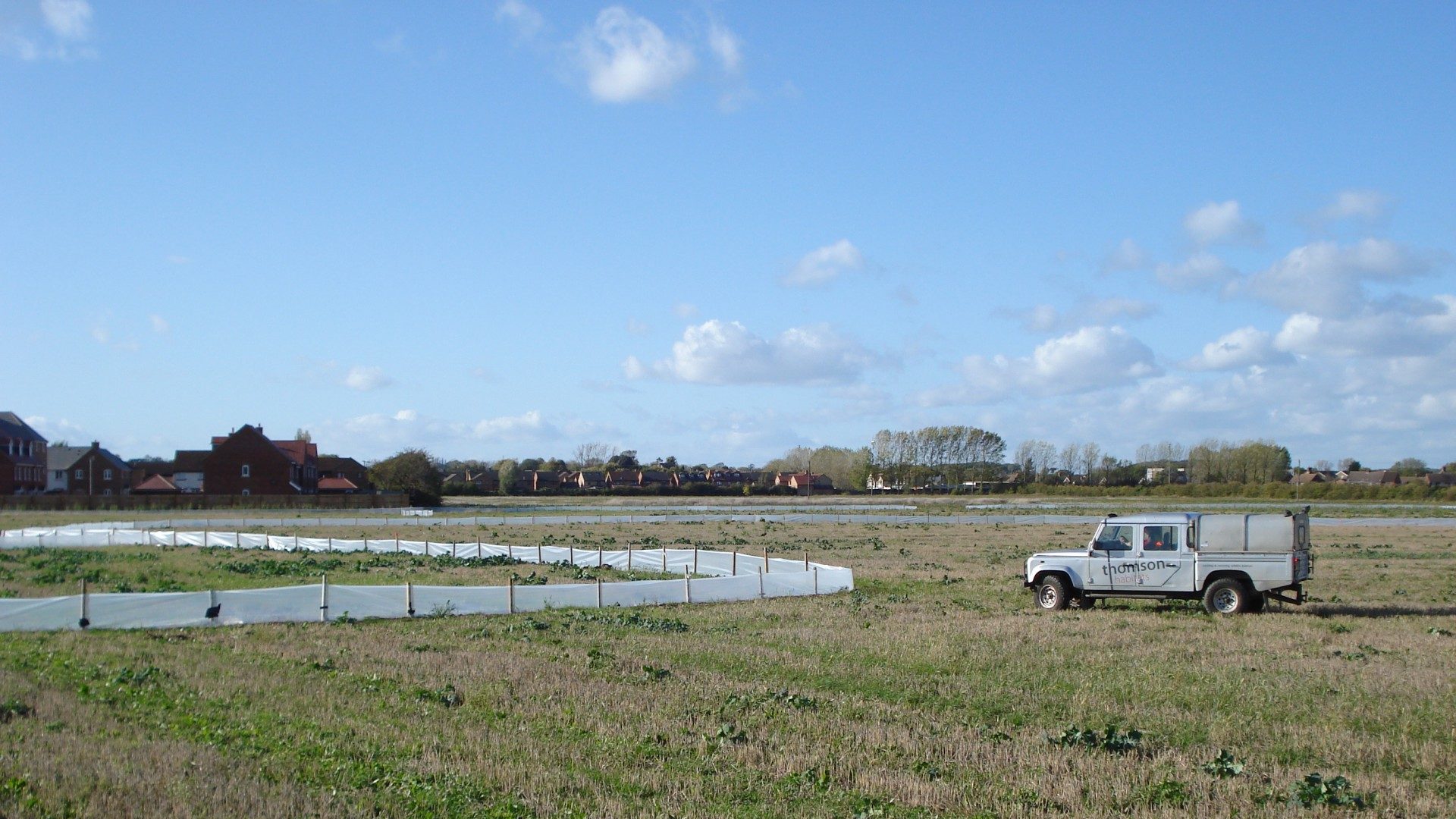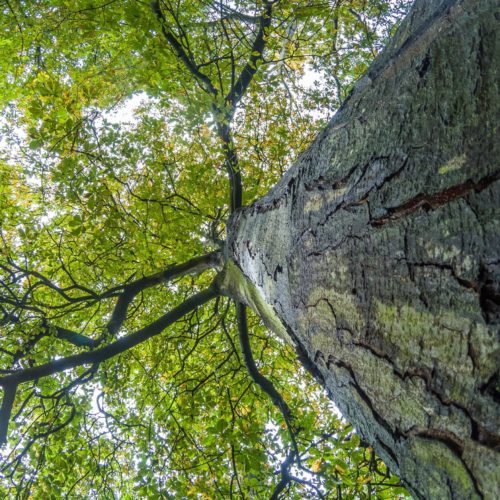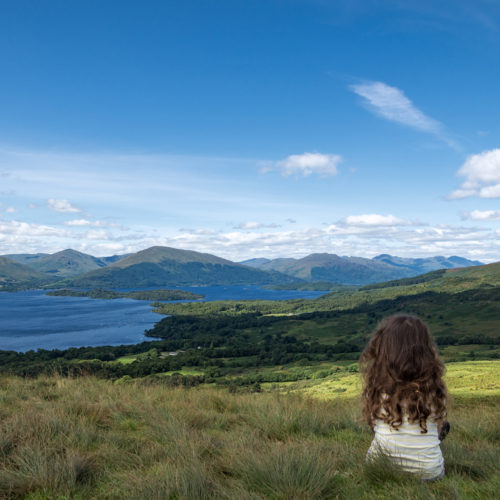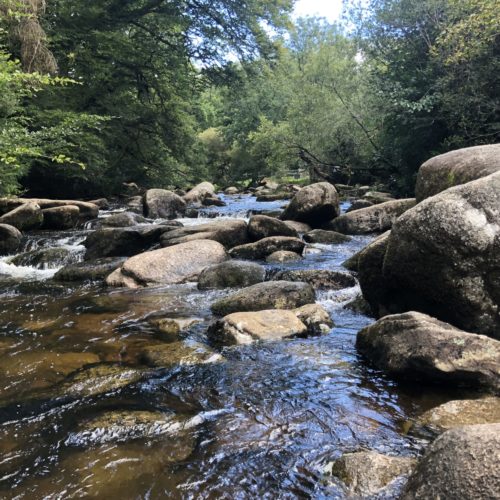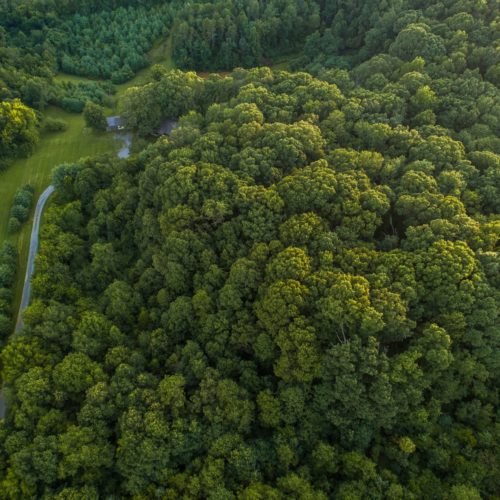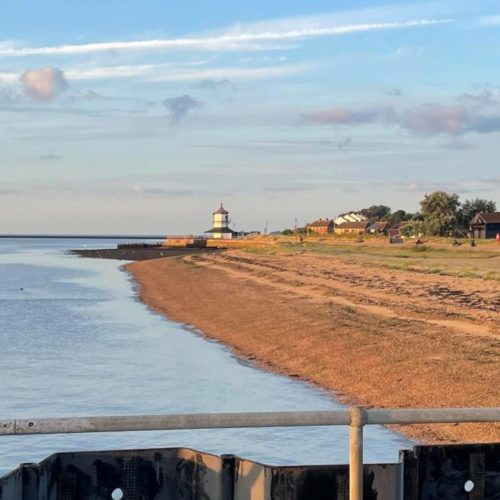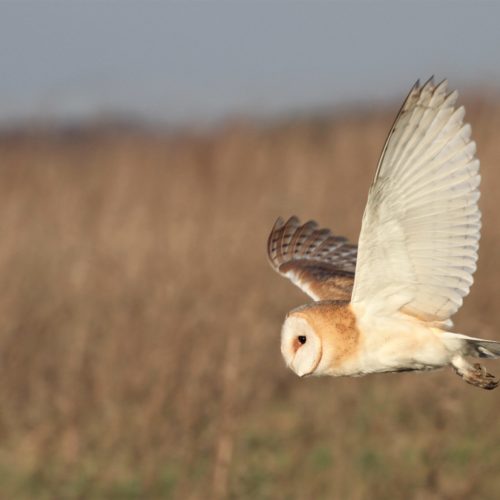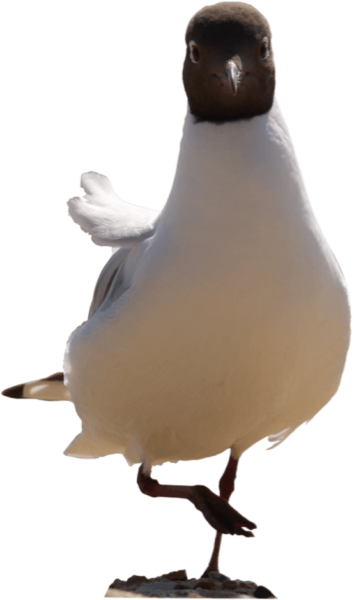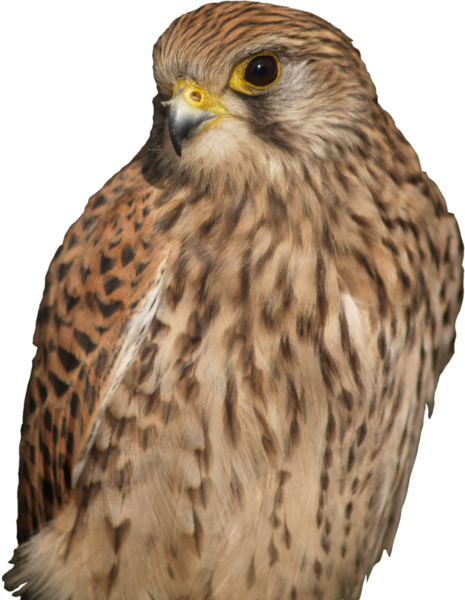Where ecologists recommend trapping and translocation of protected species, our role is to put these recommendations into practice.
We supply and install pitfall traps and wildlife exclusion and containment fencing – from heavy duty HDPE panels for water voles, and continuous HDPE for amphibian and reptile fencing, to short term temporary fencing. We undertake all wildlife fence installation, to exclude deer, badgers, rabbits and livestock.
Very often, there are specific difficulties in installing fencing, such as working around above-ground pipes and underground services or in made-ground that is composed largely of broken concrete or ballast. We have experience of finding solutions in all these circumstances.
Types of fencing
Permanent amphibian fencing (PAF)
PAF is made from a 3mm thick HDPE with a top return. With a lifespan of up to 15 years, it is durable against accidental damage and vandalism, and is the preferred option for perimeter amphibian fencing around a construction site where plant may be operating nearby. It is also useful when the project start date is uncertain or where the project may continue for some time.
Semi-permanent newt and reptile fencing
Semi-permanent newt and reptile fencing is made of HDPE (high density polyethylene) with underground and top edge returns. Used as reptile fencing and amphibian fencing (newt fencing) on amphibian and reptile translocation projects, it is more durable and robust than temporary amphibian fencing, and can last up to 5 years. It is less susceptible to damage from brush-cutters or construction machinery and is not easily cut or broken by concrete or glass. Semi-permanent newt fencing and reptile fencing can, in the right conditions, be installed as a continuous roll without the need for trenching or back-filling.
Stock fencing
Stock fencing is made from sturdy wooden posts with galvanised wire mesh and barbed wire. With a lifespan of up to 20 years, it is commonly used as a perimeter fence to contain or exclude livestock including horses, cows and sheep. Alternative stock fencing can also be used for excluding badgers and deer, using different mesh diameter and fence height.
Temporary amphibian fencing
Temporary amphibian fencing (temporary newt fencing) or temporary reptile fencing lasts up to two years depending on site conditions. Made from polythene sheeting with wooden fence stakes, this is initially the most cost effective type of amphibian, newt or reptile fencing. Used for the trapping and exclusion of reptiles and amphibians including newts, the fence stays in the ground for as long as the trapping continues and can then be easily removed. Temporary amphibian fencing, semi-permanent and permanent fencing can be used with pitfall traps for amphibians, or reptile refugia placed next to the fence.
Water vole fencing
Water vole fencing is made from 3mm thick HDPE, stands 1.2m above ground and is buried 0.5m and fixed to heavy posts. Used for the exclusion of water voles on construction sites or as part of water vole translocation programmes, it is a durable option whilst works continue.
Wildlife fencing
Prior to development works starting, a site may require ecological clearance. This may involve the installation of specialist fencing, pitfall traps and other devices. We offer complete supply and installation services for a range of species, including water voles, reptiles, great crested newts, badgers, otters, deer and rabbits. Our teams are also experts in installing fencing in difficult ground and terrain such as railways, quarries and brownfield sites.
